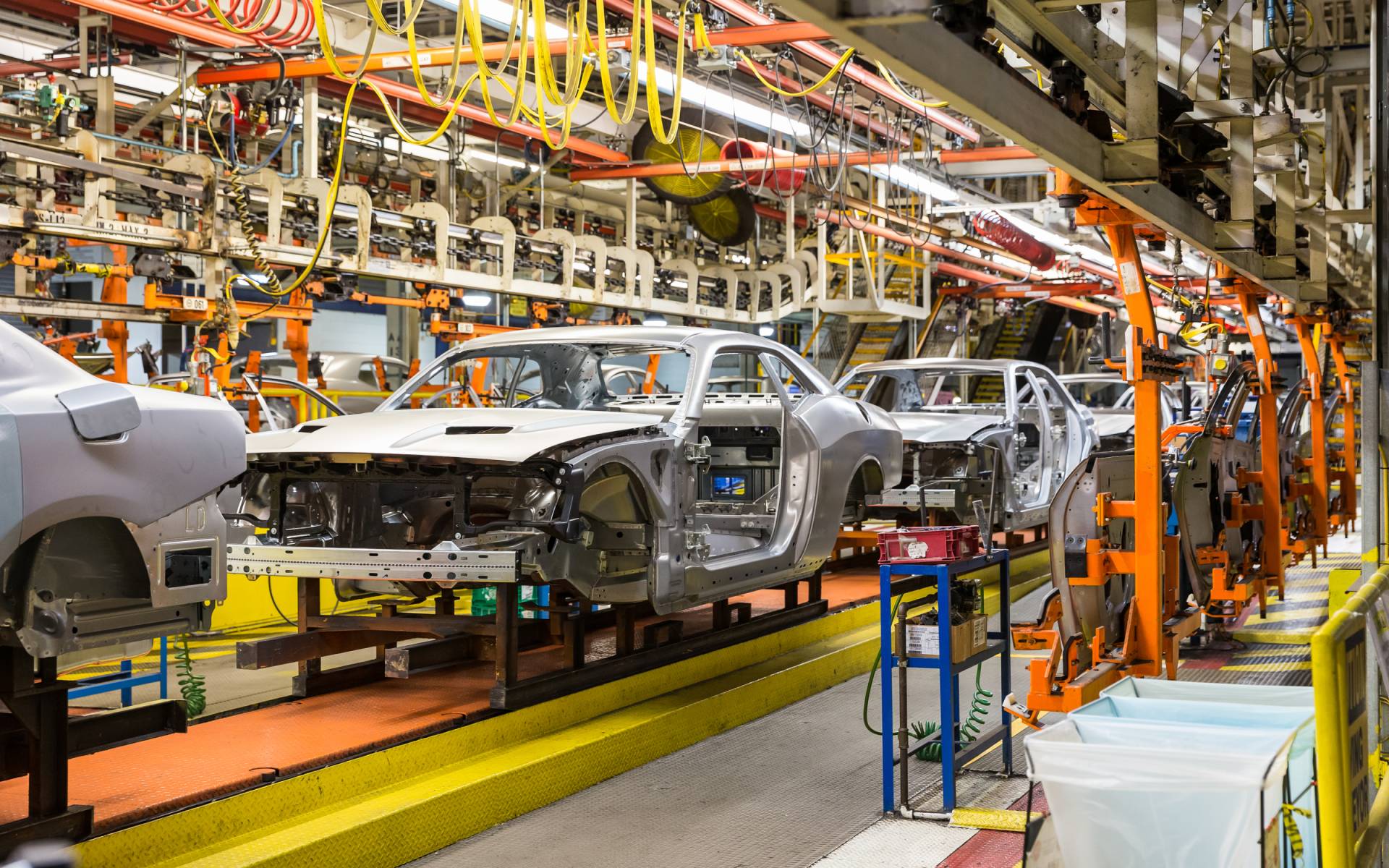Declining Canadian Auto Industry More Reliant on U.S. Than Ever, Numbers Show
U.S. President-elect Donald Trump’s threat to impose a 25-percent tariff on all Canadian and Mexican imports as soon as he returns to the White House on January 20, 2025 is raising many issues and questions. It’s also shining more light on the decline of the Canadian auto industry both domestically and in trade relationships with our two North American partners over the past ten years.
That’s what a Canadian think tank called Trillium Network for Advanced Manufacturing (TNAM) aims to highlight in a new report.
- Also: New Vehicle Sales in Canada Rose 12 Percent in 2023 Despite Record Prices
- Also: Goodyear Expanding Canadian Plant to Make EV Tires
In 2014, automakers produced nearly 2.4 million vehicles in Canada. By 2023, output had fallen to 1.5 million vehicles, dropping Canada into the 10th spot among the world’s largest vehicle-producing countries. In 2024, the number will be closer to 1.3 million vehicles.
This is because several Ontario assembly plants are idled or operating well under capacity, TNAM points out. Some of them have lost products, too, including Oakville (Ford Edge, Lincoln Nautilus) and Brampton (Dodge Charger and Challenger, Chrysler 300).

While the percentage of vehicles produced in Canada (by value) that are shipped to the U.S. has increased from 84 to 88 percent in the past decade, the percentage of vehicles that stay in Canada has slipped from 14 to 9 percent. China accounts for one percent, while other countries including Mexico play a negligible role.
In other words, Canada’s export-based automotive industry is almost completely dependent on the U.S. now, as TNAM notes. It might become even more dependent in the coming years, new tariffs notwithstanding, with Ford Super Duty trucks built in Oakville, the electric Dodge Charger manufactured in Windsor and the next-gen Jeep Compass coming out of Brampton.

As a silver lining, the automotive parts manufacturing industry in Canada has grown over the past decade—from about $8 billion and 70,000 workers in 2014 to more than $10 billion and 80,000 workers in 2023. Incidentally, more than 43 percent of Canadian-made automotive parts (by value) end up in Canadian-made vehicles, a slight increase from 2014.
More “Hecho en Mexico”
What about imports? Half of the vehicles that were sold in Canada in 2023 (by value) were imported from the U.S., which is less than the 55 percent of 2014.
But wait, Mexican-made vehicles accounted for 15 percent of new vehicles sold in Canada last year, up from 12 percent ten years ago. That means Canadians today are buying more vehicles that are built in Mexico than right here in Canada. Many of those are large pickups and luxury SUVs. Click here for the full list.
Roughly three-quarters of the vehicles made in Canada and sold domestically are more affordable models such as the Toyota RAV4 as well as the Honda CR-V and Honda Civic.











